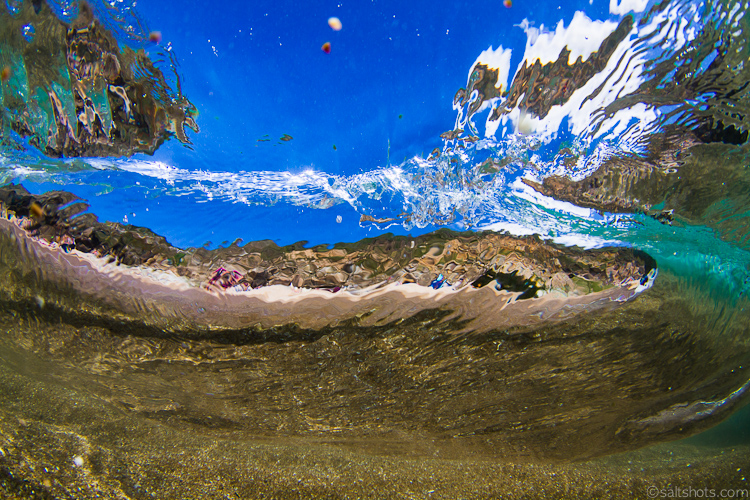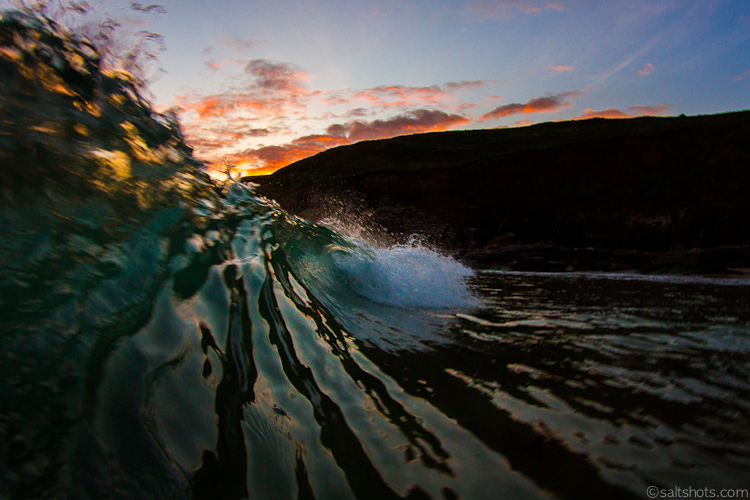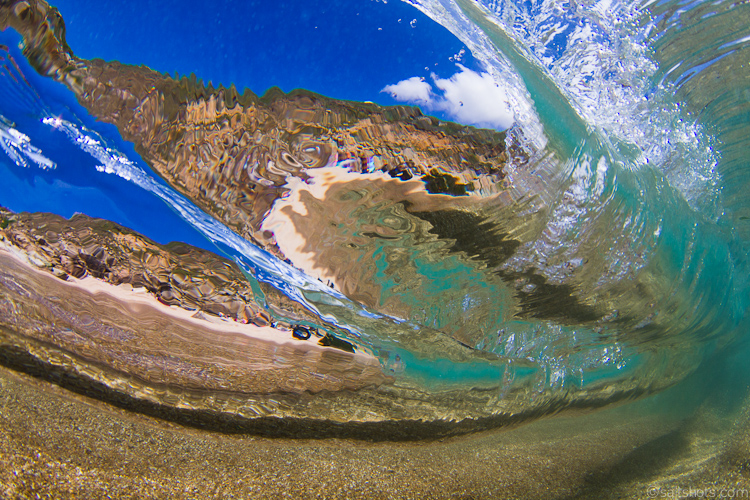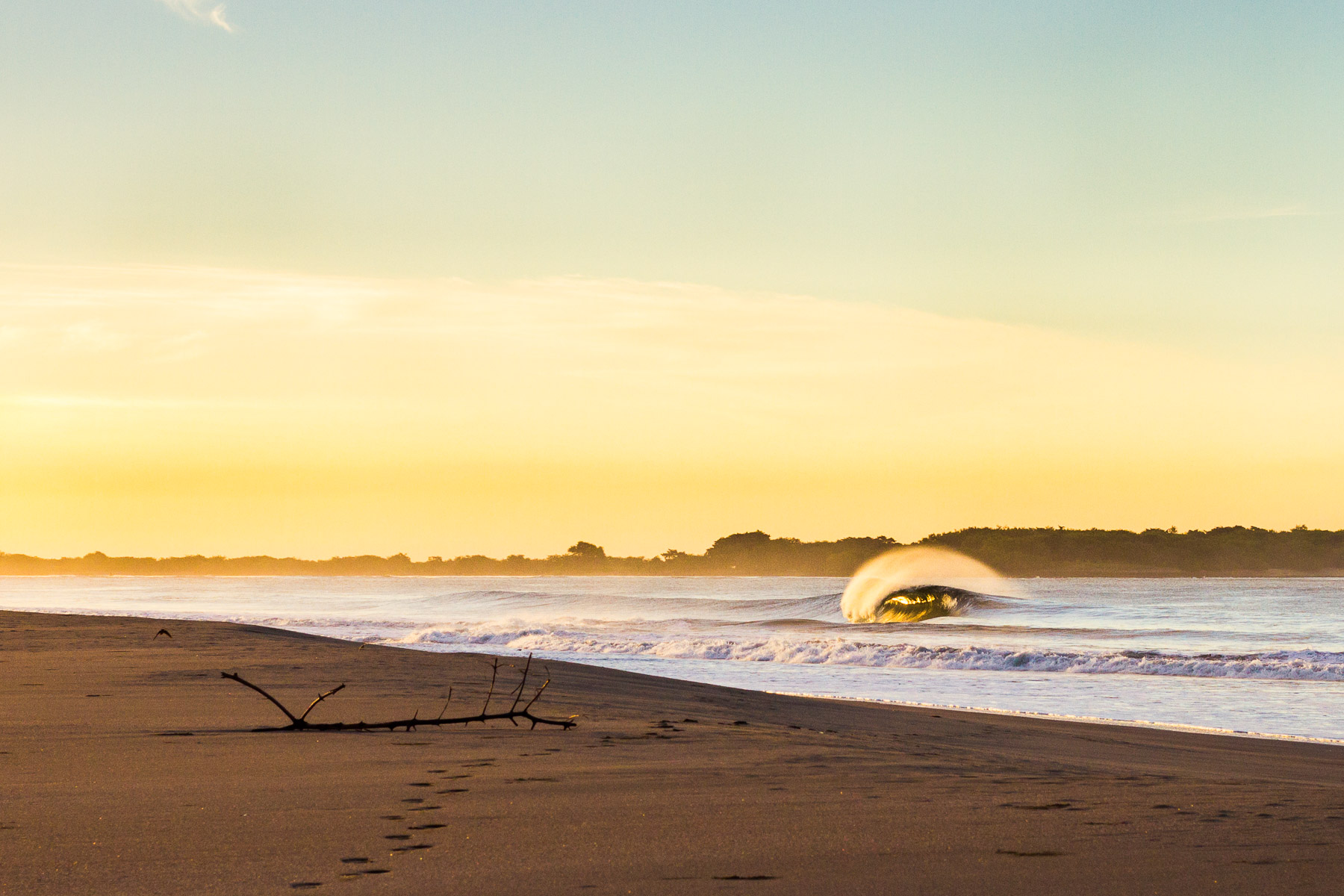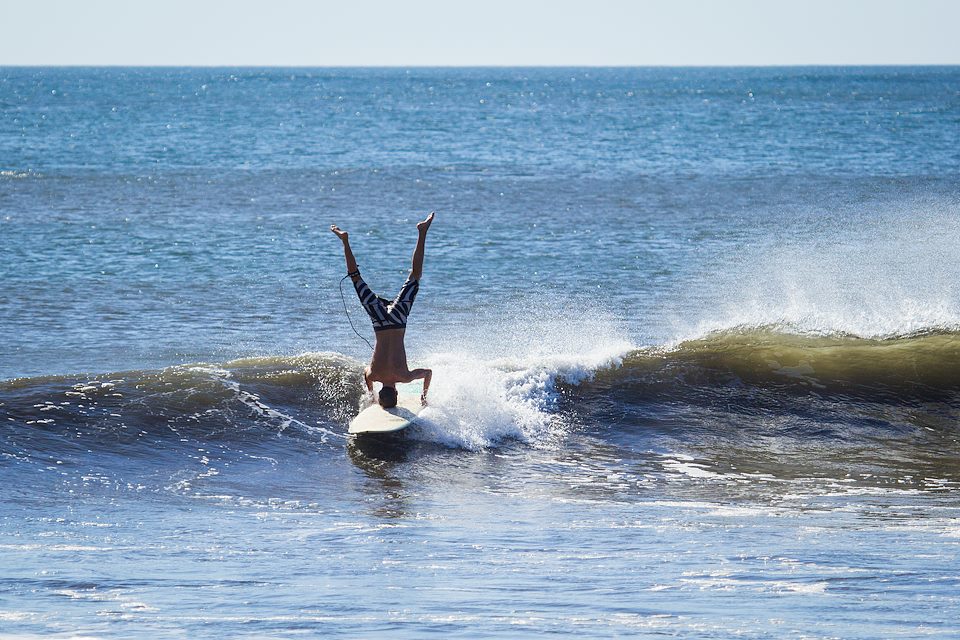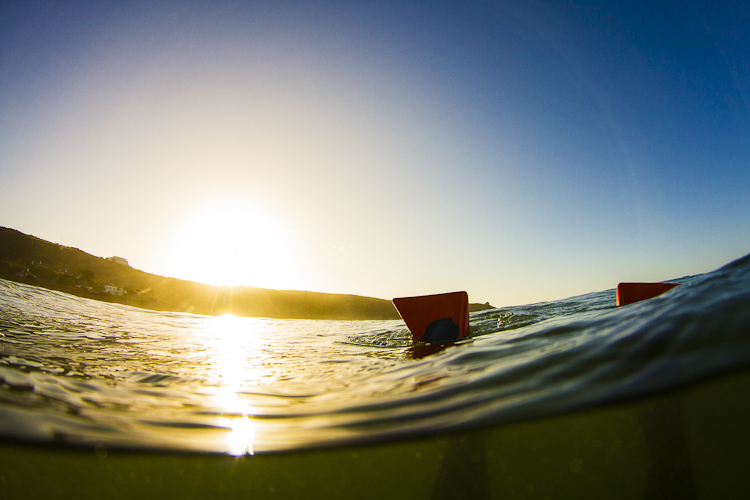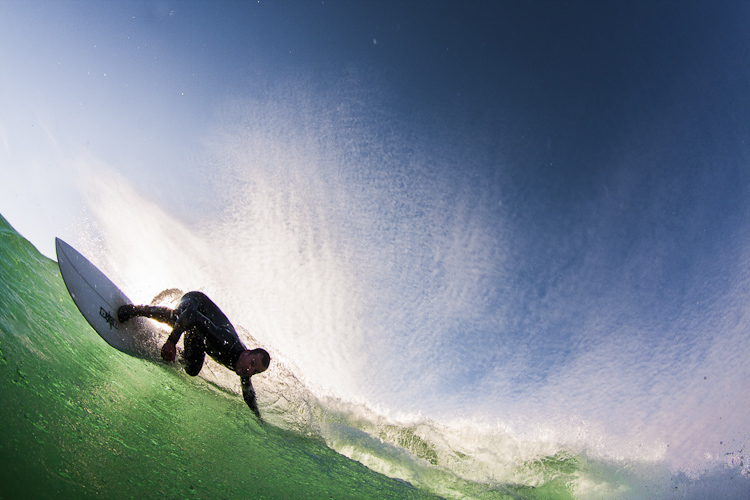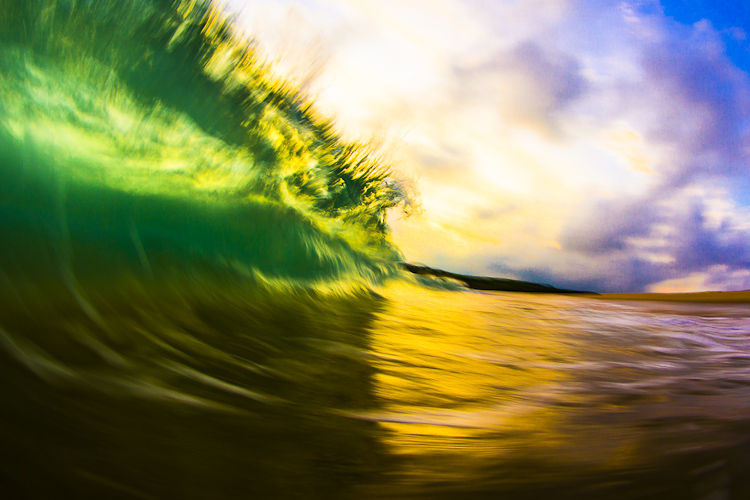Last week I managed to squeeze in a few water shoots one, of which during a vivid sunset and the other during a clear summers day. Its incredible how different the colours of the waves and ocean can be just down to the height of the sun in the sky.
The sunset shoot creating fierey red and orange hues whilst the mid day sun and blue skies shoot formed a spectrum of cool blue, green and cyan in the water.
Here’s a little gallery of some of my favourites, Cornish Fire and Ice.
Click to enlarge images:







